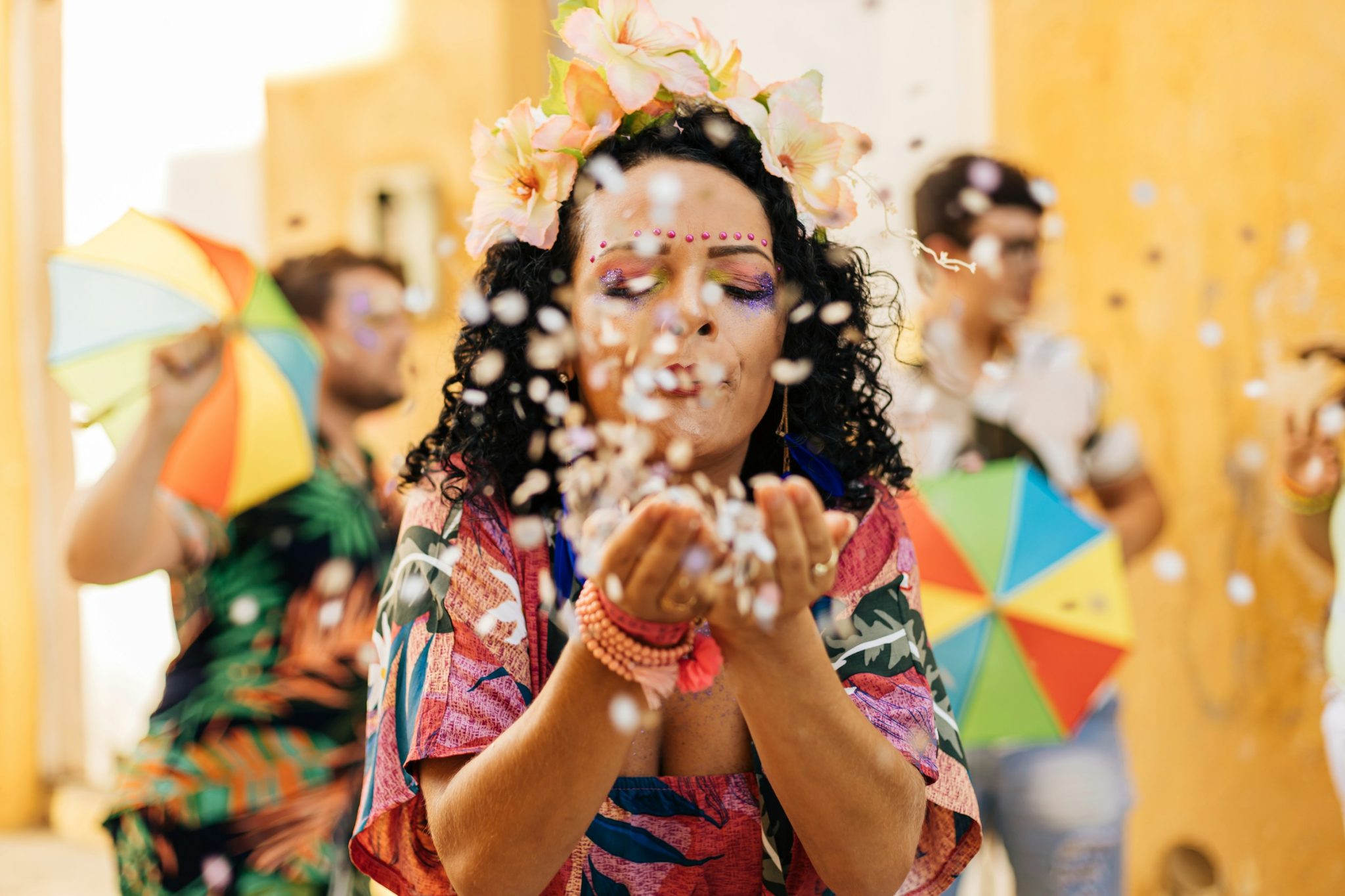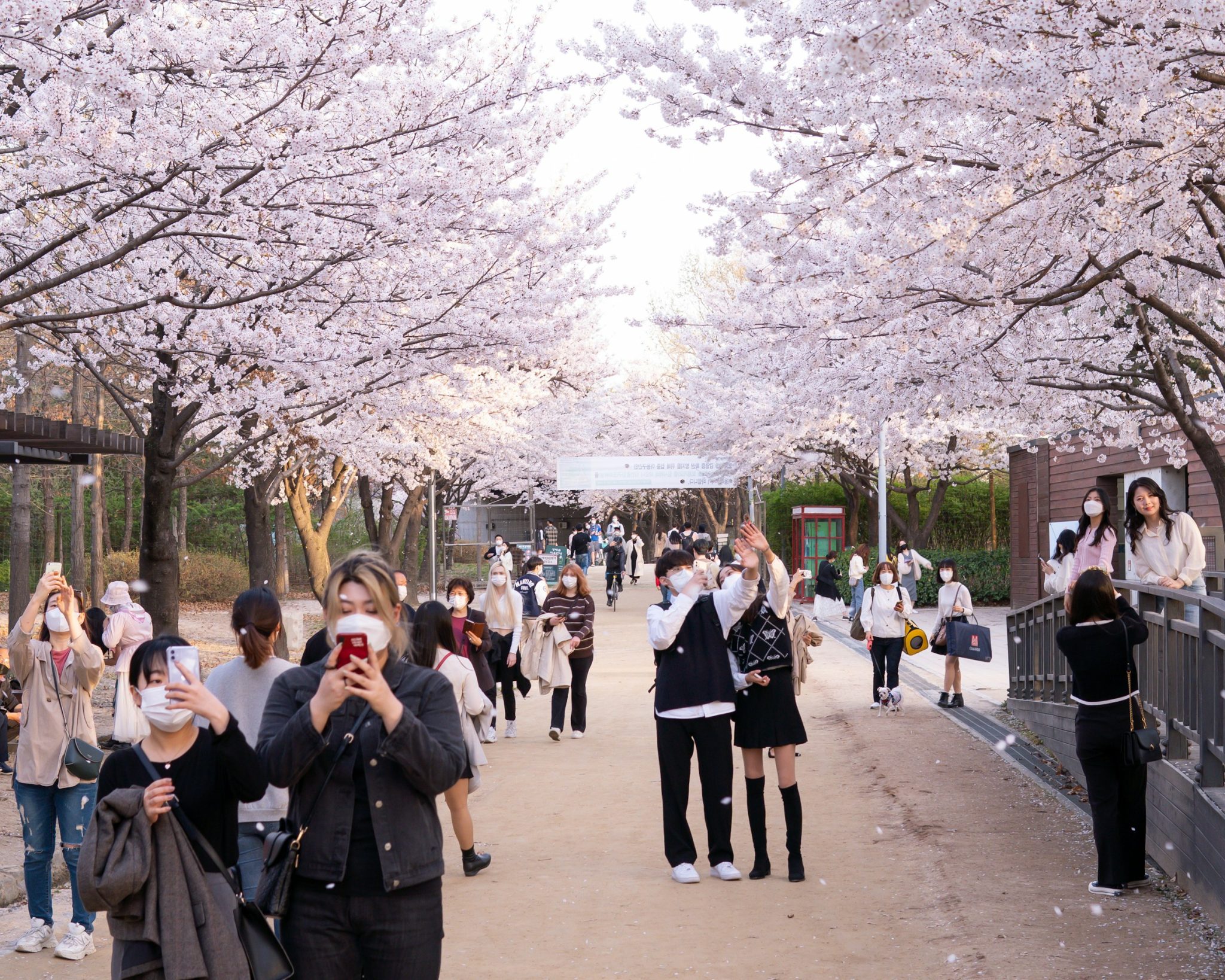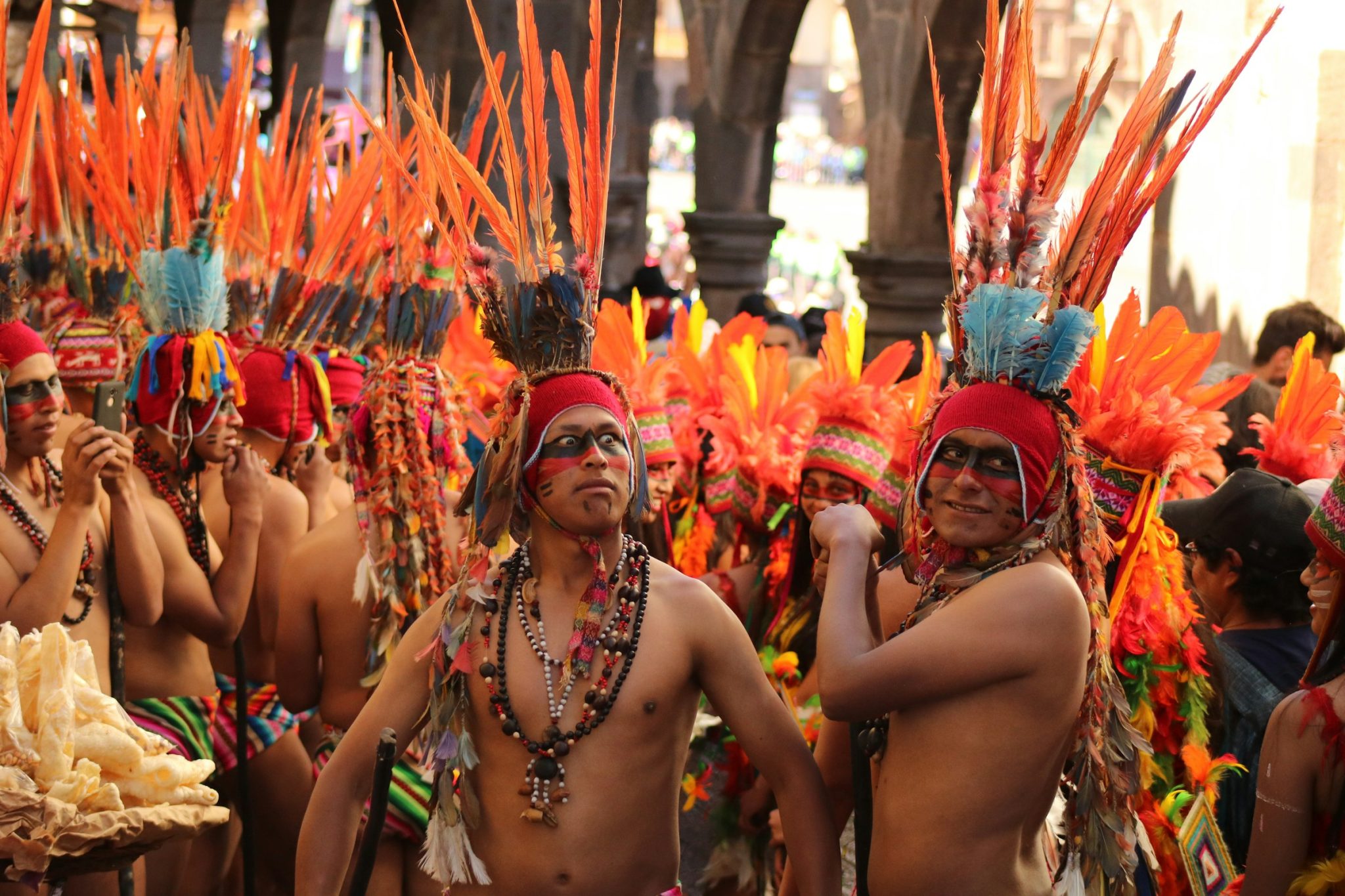Worldwide festivals are vibrant strands intertwining to form the fabric of human culture, transcending continents, beliefs, and generations.
Immersing in these cultural celebrations can be a transformative encounter that only a few outsiders can experience. Often crammed into a few brief days, these festivals leave an indelible mark on those with firsthand experience.

This article explores captivating cultural festivals with their unique meaning, history, and significance.
Table of Contents
Diwali – Festival of Lights (India)
Diwali, India’s beloved “Festival of Lights,” transcends regional and religious boundaries, uniting millions in a luminous celebration.
Beyond the dazzling display of oil lamps and fireworks, Diwali holds cultural and spiritual significance, symbolizing the triumph of light over darkness and good over evil.
The central narrative of Lord Rama’s victory underscores the festival’s roots in ancient Indian mythology. Preparations involve meticulous cleaning, vibrant decorations, and the creation of intricate rangoli patterns.
Culinary delights, traditional sweets, and festive feasts are central to the celebration. Fireworks transform the night into a breathtaking spectacle, fostering community bonds and creating lasting memories.
Despite its Hindu origins, Diwali’s inclusivity reflects India’s diverse cultural fabric, showcasing unity in diversity. In modern times, Diwali has evolved into a symbol of hope, renewal, and economic vitality, resonating globally as a testament to the enduring values of light, hope, and the triumph of good over evil.
Carnival – A Vibrant Celebration of Rhythm and Culture (Brazil)
Carnival in Brazil, a vibrant extravaganza of rhythm and culture, is deeply rooted in history, reflecting Brazil’s diverse heritage. It blends indigenous, African, and European influences into celebrating multiculturalism.
With historical roots deeply embedded in Brazilian identity, the festival’s elaborate costumes, iconic samba parades, and spontaneous street blocks showcase creativity and unity. Beyond its visual spectacle, Carnival is a powerful platform for marginalized communities to express their heritage and challenge societal norms.
The global appeal of this living testament to Brazil’s history generates significant social and economic impact through tourism and cultural pride. With its infectious energy, Carnival stands as a beacon of joy, resilience, and the unifying power of art and celebration.
Remember, if you go to Carnival, it is not recommended to smoke cigarettes due to the crowds, as it can disturb people and also cause fire hazards. If you can’t go without smoking, a heated tobacco device like Ploom could be an option. Don’t forget that smoking harms your health, so try to enjoy Carnival’s vibrant atmosphere and festivities without compromising your well-being.
Chinese New Year – The Spring Festival (China)
Chinese New Year, or the Spring Festival, holds immense global significance in China and Chinese communities. Rooted in tradition and cultural symbolism, it marks the lunar new year with themes of renewal, family togetherness, and cultural identity.
The festival symbolizes the transition from winter to spring, emphasizing growth and new beginnings. Central to the celebration is the twelve-year zodiac cycle, with each year represented by an animal influencing personality traits.
Family reunions, red envelopes, lion and dragon dances, fireworks, symbolic foods, and lanterns characterize the festivities. Chinese New Year fosters cultural pride, connecting individuals to their heritage and reinforcing a sense of belonging.
Hanami (Japan) – A Tradition of Unity and Beauty

Hanami, the Japanese cherry blossom viewing tradition, symbolizes spring’s fleeting beauty and a deep appreciation for nature. Rooted in centuries of tradition, it transcends leisure to become a cherished expression of cultural identity.
Cherry blossoms, or “sakura,” symbolize life’s transience, urging people to find beauty in transience. Communal gatherings beneath flowering trees shared experiences, and picnics foster unity. Originating in the Nara period, hanami influences Japanese culture and has adapted to modernity with events beyond picnics.
Global fascination attracts tourists, while digital hanami extends the tradition through technology. Hanami encapsulates Japan’s reverence for nature, time, and shared human experiences, fostering reflection and gratitude.
Inti Raymi – Inca Sun Festival (Peru)

In the depths of the Andes Mountains, the Inti Raymi festival celebrates the sun god Inti, a pivotal deity in Inca tradition. Taking place during the winter solstice, this captivating event occurs in the historic city of Cusco, featuring age-old rituals, lively parades, and breathtaking presentations.
Adorned in intricate attire, attendees recreate sacred rites, paying homage to the natural cycles and the intricate bond between humanity and the cosmos. Inti Raymi is a tribute to the enduring influence of the Inca civilization. It offers a glimpse into the profound spiritual convictions that persist across time.
Yi Peng – Lantern Festival (Thailand)
During the Yi Peng Lantern Festival, the night sky above Chiang Mai is illuminated as numerous lanterns are set aloft, covering the city. This extensive communal event occurs in the 12th month of the Thai lunar calendar, usually accompanied by a full moon.
This typically happens in November and coincides with the festivities of Loy Krathong. The celebration spans three days, featuring parades, markets, candlelight ceremonies, and other joyful activities.
Dia De Los Muertos (Mexico)
Honoring the memories of departed loved ones lies at the heart of this Mexican custom. However, the vibrant altars adorned with marigolds and flower arrangements at gravesites are coupled with Aztec ceremonies and parades.
These ceremonies are intended to animate spirits for the day, creating an atmosphere far from an unhappy one. Celebrated on November 2, Día de los Muertos draws large gatherings of friends and family, with many wearing colorful costumes and traditional skeleton makeup.
- About the Author
- Latest Posts
Whether she is researching the latest trends in home decor, life-changing destination getaways, or the best way to maintain your finances, Dewey takes pride in leaving no stone unturned. She is passionate about distilling and delivering high-quality information that you can use to upgrade your life.

